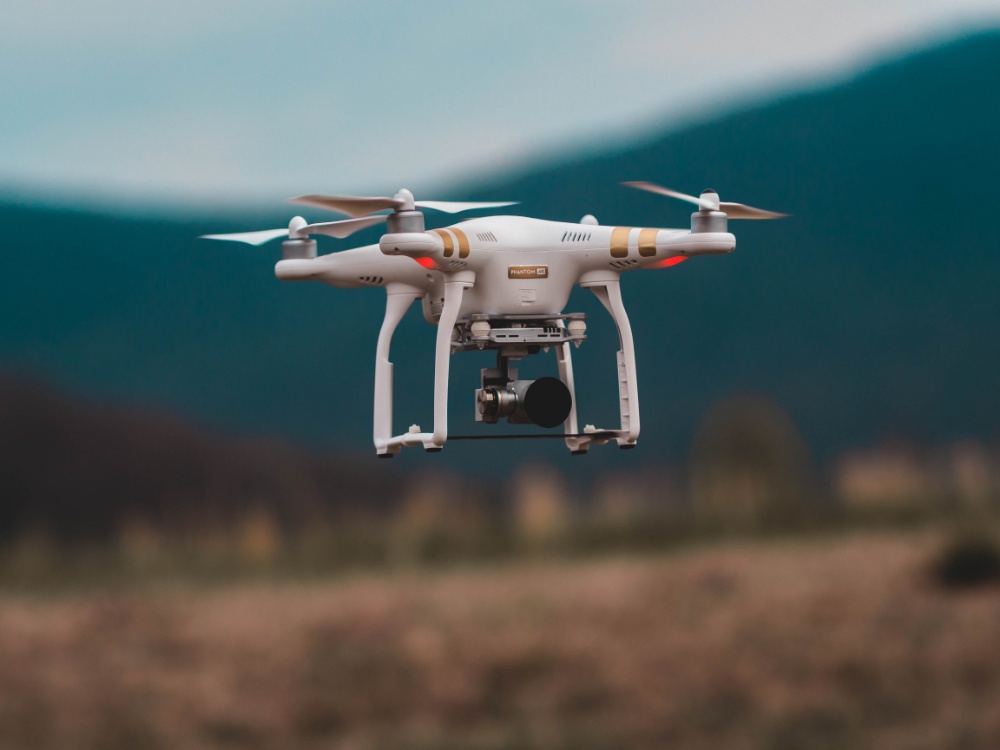New type of surgical robot used to remove throat tumour – scech.xyz

A new type of surgical robot has been developed for the removal of throat tumors, which can offer several benefits over traditional surgical methods. The robot is designed to be more precise and accurate, allowing for a more targeted and efficient removal of the tumor. This can result in less damage to surrounding healthy tissue and a faster recovery time for the patient. Additionally, the robot can provide a greater range of motion and flexibility for the surgeon, allowing for improved visualization of the surgical site and more controlled movements during the procedure.
The use of this new surgical robot can also potentially reduce the risk of complications and improve patient outcomes. The high level of precision and accuracy provided by the robot can result in a more complete removal of the tumor, reducing the likelihood of recurrence or the need for additional procedures. The robot may also minimize the risk of complications such as bleeding or nerve damage, which can be associated with traditional surgical methods. Overall, the use of this new surgical robot represents an exciting advancement in the field of surgical oncology and offers hope for improved treatment options for patients with throat tumors.In recent years, advancements in medical technology have propelled the field of surgery into a new era, offering innovative solutions to complex medical challenges. One such breakthrough is the introduction of a state-of-the-art surgical robot designed specifically for removing throat tumors. This remarkable technology is transforming the landscape of cancer treatment, providing patients with a less invasive and more precise option for addressing throat tumors.
Understanding Throat Tumors
Throat tumors, also known as laryngeal or pharyngeal tumors, can be benign or malignant growths that develop in the tissues of the throat. They can affect various parts of the throat, including the vocal cords, larynx, and pharynx. Traditional surgical methods for removing these tumors often involve invasive procedures, leading to extended recovery times and increased postoperative complications.
The Emergence of Surgical Robots
The introduction of surgical robots in the medical field has revolutionized the way surgeries are performed. These robots, equipped with advanced technology and precision instruments, allow surgeons to perform complex procedures with enhanced accuracy and reduced invasiveness. In the context of throat tumor removal, a new type of surgical robot has emerged, promising a more efficient and patient-friendly approach to surgery.
Key Features of the Surgical Robot
The latest surgical robot designed for throat tumor removal boasts several key features that set it apart from traditional surgical methods. One of the primary advantages is its minimally invasive nature. Unlike conventional open surgeries, which require large incisions, the robotic system utilizes small, precise incisions, reducing trauma to surrounding tissues and minimizing scarring.
Additionally, the surgical robot is equipped with high-definition cameras and advanced imaging technology, providing surgeons with a detailed and magnified view of the surgical site. This enhanced visualization allows for more accurate tumor identification and precise removal, ultimately improving the overall success of the procedure.
Improved Precision and Accuracy
One of the standout features of the new surgical robot is its unparalleled precision and accuracy. Surgeons can control the robotic arms with utmost precision, performing intricate maneuvers with enhanced dexterity. This level of precision is especially crucial in throat tumor removal, where delicate structures and tissues surround the affected area.
The robotic system also incorporates cutting-edge software that assists surgeons in planning and executing the surgery. With 3D imaging and simulation capabilities, surgeons can meticulously plan the procedure before entering the operating room, ensuring a more streamlined and efficient surgery.
Reduced Recovery Time and Complications
Traditional open surgeries often entail longer recovery times due to the extensive trauma inflicted on the body. In contrast, the minimally invasive approach of the surgical robot significantly reduces recovery times for patients undergoing throat tumor removal. Smaller incisions mean less pain, reduced risk of infection, and quicker overall recovery.
Moreover, the precision offered by the robotic system contributes to a decrease in postoperative complications. Surgeons can navigate around sensitive structures more effectively, minimizing the risk of damage to surrounding tissues and organs. This not only improves patient outcomes but also enhances the overall safety of the procedure.
Enhanced Surgeon Ergonomics
Surgeon fatigue and discomfort can be significant challenges in lengthy and intricate surgeries. The new surgical robot addresses these concerns by providing enhanced ergonomics for the operating surgeon. The system allows for a more comfortable and natural posture, reducing the physical strain associated with traditional surgical procedures.
Improved ergonomics contribute to better surgeon focus and concentration, ultimately enhancing the precision and efficiency of the surgery. As a result, the surgical team can maintain optimal performance throughout the procedure, further ensuring the success of throat tumor removal surgeries.
Patient Benefits and Quality of Life
The introduction of the surgical robot for throat tumor removal brings about numerous benefits for patients, ultimately improving their quality of life. The minimally invasive approach reduces pain and discomfort, allowing for a quicker return to normal activities. Patients can experience a shorter hospital stay, leading to reduced healthcare costs and a more positive overall experience.
Additionally, the enhanced precision of the robotic system contributes to better preservation of healthy tissues surrounding the tumor. This is particularly important in throat tumor removal, where the proximity of critical structures can impact speech and swallowing functions. By minimizing damage to healthy tissues, the surgical robot helps preserve essential functions, promoting a better quality of life for patients post-surgery.
Future Implications and Advancements
The advent of the surgical robot for throat tumor removal marks a significant milestone in the evolution of medical technology. As technology continues to advance, we can expect further refinements and improvements in robotic-assisted surgery. Future iterations may incorporate artificial intelligence algorithms, enabling the robot to adapt and respond in real-time during surgery, further enhancing precision and efficiency.
Moreover, increased accessibility to this cutting-edge technology can democratize access to high-quality healthcare. As more medical facilities adopt robotic-assisted surgery, patients around the world may benefit from improved treatment options and outcomes.
The new type of surgical robot designed for throat tumor removal represents a groundbreaking advancement in the field of surgery. Its minimally invasive approach, coupled with enhanced precision and reduced recovery times, offers a promising alternative to traditional open surgeries. As technology continues to evolve, the future holds exciting possibilities for further enhancements in robotic-assisted surgery, ultimately shaping the future of cancer treatment and patient care.



